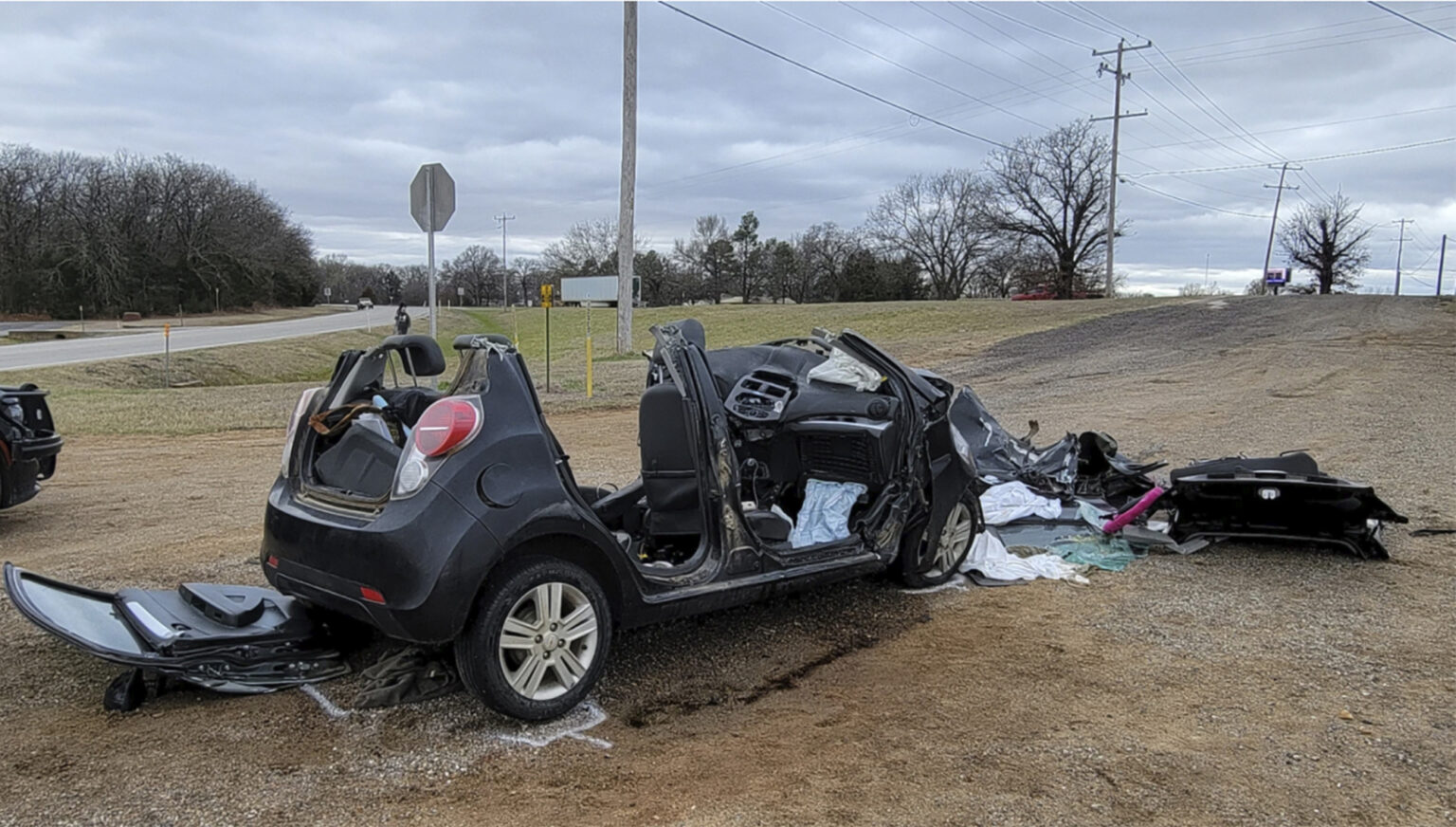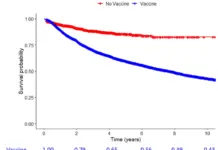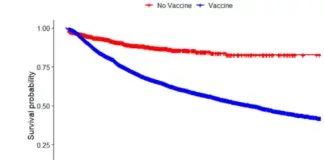By Tom Krisher,
A horrific crash that killed six high school girls in Oklahoma two years ago has the head of the U.S. National Transportation Safety Board urging parents to warn teenagers about the risk of driving after using marijuana.
Chairwoman Jennifer Homendy made the appeal to parents Thursday as her agency released the final report on the March 22, 2022 collision between a tiny Chevrolet Spark hatchback and a gravel-hauling semi in the small town of Tishomingo.
The board, after an investigation by its staff, determined that the crash was caused by the 16-year-old driver slowing for an intersection, then accelerating through a stop sign because she likely was impaired by recent marijuana use and was distracted by having five teen passengers in the car, the NTSB report said.
In an interview, Homendy also said the cannabis problem isn’t limited to teens. As more states have legalized recreational marijuana, teens and adults tend to underestimate the risks of driving under its influence.
“There’s a perception that in states where it’s legal that it’s safe and legal to drive impaired on marijuana,” she said.
In its report on the crash, the NTSB cited studies showing that marijuana decreases motor coordination, slows reaction time and impairs judgment of time and distance, all critical functions for driving.
Currently it’s legal for people 21 and older to use marijuana recreationally in 24 states plus Washington, D.C., according to the Insurance Institute for Highway Safety. Oklahoma doesn’t allow recreational use, but like most states, it’s legal for medical purposes. Driving while impaired by marijuana is illegal in all states and Washington, D.C.
The NTSB, which investigates transportation-related crashes but has no regulatory power, put out a safety alert Thursday urging parents to talk to young drivers about how marijuana can impair driving, and how they can make responsible choices to avoid driving while impaired or riding with impaired drivers.
“Unfortunately, I think state laws that are legalizing recreational and medicinal use of marijuana have really come before thoughts or action on what are they going to do about traffic safety,” Homendy said. “They are far ahead on legalizing it, but very behind when it comes to traffic safety.”
States, she said, need to collect more data on how legalizing marijuana has affected traffic safety, and they need to start enforcing laws against driving while impaired by cannabis.
“Enforcement has got to be there in order to deter,” she said.
One study on crashes in Washington state, which has legalized recreational marijuana use, showed that more drivers involved in fatal crashes tested positive for marijuana after it became legal, the NTSB said.
In Tishomingo, about 100 miles (160 kilometers) southeast of Oklahoma City, six high school girls got into the car designed to carry four for a lunch break, the NTSB report said.
At an intersection, the driver slowed to 1 mile per hour (1.6 kilometers per hour), but accelerated and didn’t come to a complete stop for a sign. Instead, she sped up and turned left in front of the gravel truck. The truck driver braked and steered to avoid the Spark, but hit the driver’s side at just under 50 mph (80 kilometers per hour). All six teens died of multiple blunt force injuries.
Tests on blood taken from the driver’s body found a THC concentration of 95.9 nanograms per milliliter, the NTSB said. If such a level of THC, the main chemical component of marijuana, were found in a living person, it would indicate “a high likelihood that the person had used cannabis very recently, and therefore was likely still experiencing acute impairing cannabis effects,” the report said.
But the NTSB cautioned that body-cavity blood samples can sometimes be contaminated by other body fluids or by THC from other tissues, including the lungs, that may contain high concentrations.
In addition, the Oklahoma Highway Patrol found vaping mouthpieces and cannabis buds in the car at the scene of the crash, the report said.
The NTSB recommended in the report that the Oklahoma State Department of Education develop a drug and alcohol abuse curriculum for local school districts that tells students about the risk of cannabis-impaired driving. At present, only Massachusetts and Rhode Island have such course requirements, the NTSB said.
The agency also wants the Governors Highway Safety Association, a group of state highway safety officers, the National Conference of State Legislatures and the National Association of State Boards of Education to inform members about the Tishomingo crash and the need for cannabis information in school and driver education coursework.
The safety association said in a statement that cannabis-impaired driving is a growing safety concern, and state highway safety offices are focused on eliminating all impaired driving.
“We have to start communicating well ahead of time, to kids, that driving, having ingested or smoked or inhaled marijuana is impairing, and it’s a risk to them and a risk to others,” Homendy said.
Photo: FILE – In this image provided by KFOR-TV, a heavily damaged vehicle is seen off a road in Tishomingo, Okla., following a two-vehicle collision in which six teenage students were killed, March 22, 2022. The crash has the National Transportation Safety Board urging parents to warn teenagers about the risk of driving after using marijuana. (NewsNation KFOR via AP File)
Disclaimer: We at Prepare for Change (PFC) bring you information that is not offered by the mainstream news, and therefore may seem controversial. The opinions, views, statements, and/or information we present are not necessarily promoted, endorsed, espoused, or agreed to by Prepare for Change, its leadership Council, members, those who work with PFC, or those who read its content. However, they are hopefully provocative. Please use discernment! Use logical thinking, your own intuition and your own connection with Source, Spirit and Natural Laws to help you determine what is true and what is not. By sharing information and seeding dialogue, it is our goal to raise consciousness and awareness of higher truths to free us from enslavement of the matrix in this material realm.
 EN
EN FR
FR


























